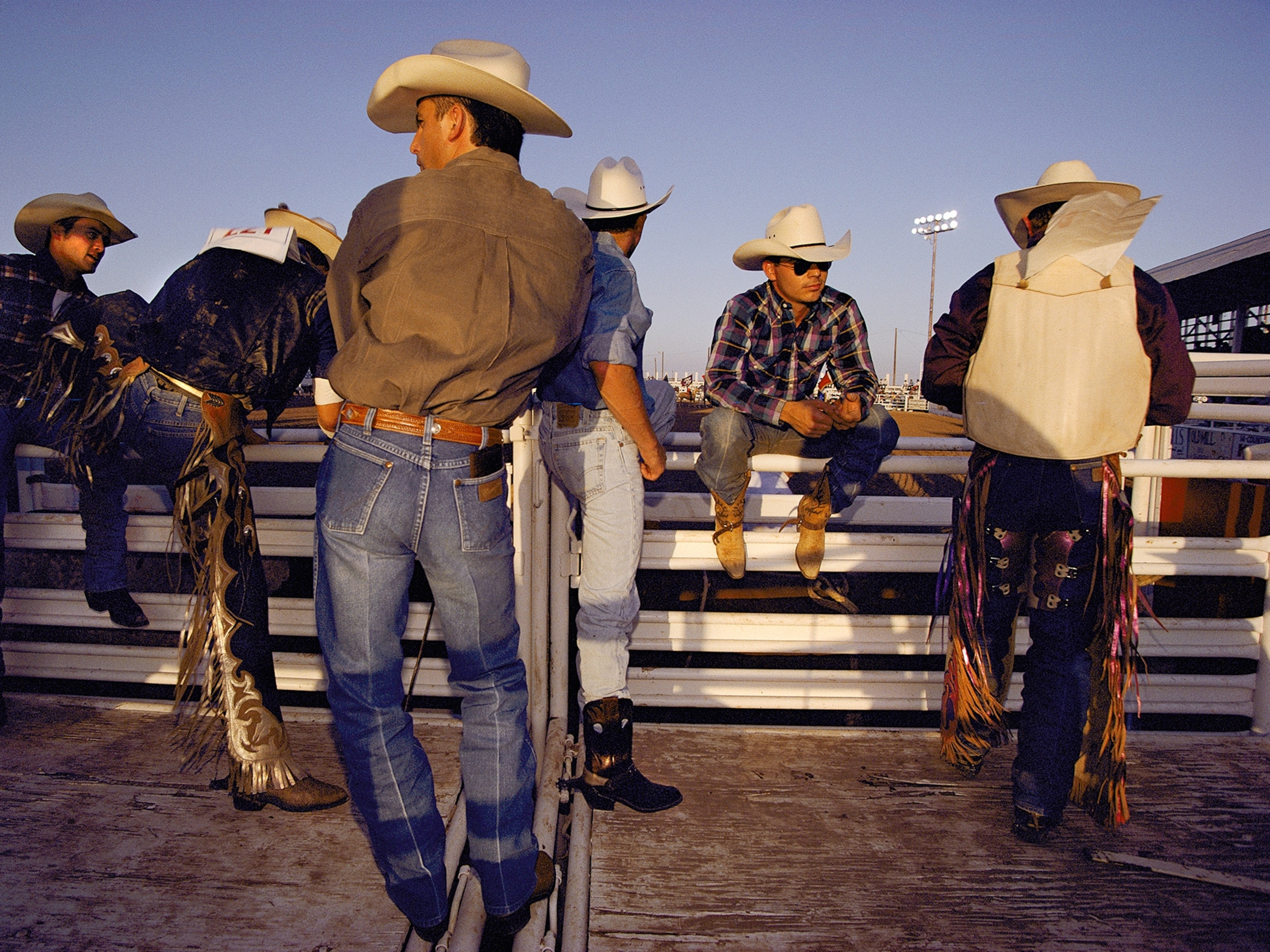
Burp by Burp, Fighting Emissions from Cows
A new compound may help slow climate change by reducing the methane belched by cattle.
At least one thing is true for cows around the world: They all burp. All the time.
This incessant belching expels an impressive volume of greenhouse gases—mostly methane and carbon dioxide. Added up, burps from cows account for 26 percent of the United States' total methane emissions.
But there is still hope for these gaseous beasts: Mixing their feed with a compound called 3-nitrooxypropanol, or 3NOP, may reduce the methane in cow burps by as much as 30 percent, according to a new study published in the Proceedings of the National Academy of Science.
Cows, along with goats, sheep, buffalo, and even camels, are known as ruminant animals, and all of them burp methane. This powerful greenhouse gas comes from the rumen, which is the first of the four sections in a cow's stomach, and most of it is belched—despite folklore about gases from the other end. (Learn how a car runs on rumen microbes.)
The rumen houses billions of microbes that ferment the cow's food into a "rumen liquor." This allows them to digest tough, fiber-rich foods like grass, but also produces lots of hydrogen and carbon dioxide gas. Other rumen residents (called methanogens) thrive by combining these gases to form methane.
Methane is a champ at retaining heat. "Pound for pound," methane has 25 times more impact on climate than carbon dioxide over 100 years, according to the EPA. So cow burps are truly an environmental hazard. (Also see: “Methane: Good Gas, Bad Gas.”)
As the livestock industry continues to grow to meet population demands, the EPA predicts cow burps will become even more problematic. (Also learn about cloning cleaner cows.)
High-Steaks Science
To test the effects of the new compound 3NOP, the team mixed it with the feed of 48 Holstein heifers for three months. Each cow donned a backpack with tubes running to her nose and ate out of high-tech feeding-troughs to monitor her perpetual burps.
After only two weeks, burped methane dropped by roughly 30 percent and remained that way for the rest of the experiment. Even more remarkably, the cows suffered no negative effects.
"Everything was positive—everything," marvels Alexander Hristov, a researcher at Pennsylvania State University and lead author of the study.
The cows had no issues digesting fiber; no change in milk production; no loss of appetite; and actually gained weight during the experiment—uncommon for lactating cows who invest massive amounts of energy into making milk.
The weight gain shows that lost methane isn't just a matter of greenhouse gases, but also lost energy for the cow, explains Hristov, though it is not yet clear exactly how this works. 3NOP interferes with the formation of methane and may slightly reroute fermentation, he explains, allowing the clean-burping cows to "put that extra energy on their back."
Ruminating on the Past
Scientists have searched for decades for a solution to cow burps, from feeding cows garlic oil to poking them with anti-methane vaccines. But aside from giving the cows smelly breath, their burps remained as methane-rich as ever.
The rumen is "one of nature's wonders," says Hristov; it easily adapts to seemingly everything. So most attempts to clean up cow burps suppressed methane for only a matter of weeks.
Some scientists even placed plastic backpacks on cows in an attempt to collect methane for biofuel. It hasn't caught on.
3NOP is the most promising solution yet, says Kristen Johnson, animal scientist at Washington State University.
If the results hold up with longer-term testing, the additive could work for the long haul in milk-producing cows—who are under great stress and have a high demand for nutrients, says Hristov.
You Burp What You Eat
Just like people, changes in diet can affect the cows' gassiness.
Though grass-fed cows are sometimes touted as "greener," this isn't true for methane emissions. As a high-fiber, low-carb, and low-fat food, grass makes cows roughly twice as gassy as grain-based diets do. (Also see: Carnivore's Dilemma.)
With a little creativity in doling out the drug, Hristov believes the new compound can help grass- or grain-fed cows alike. 3NOP could be mixed in the feed given during milking or included in salt licks, he says.
But different diets can actually brew different groups of microbes in the cow's rumen, explains Johnson. So more testing needs to be done, including experimenting with changing diet and dosing.
The compound also has to pass the U.S. FDA approval process, explains Hristov. But, he maintains, big things are on the horizon.
Now we just need to teach the cows to say, "Excuse me."





